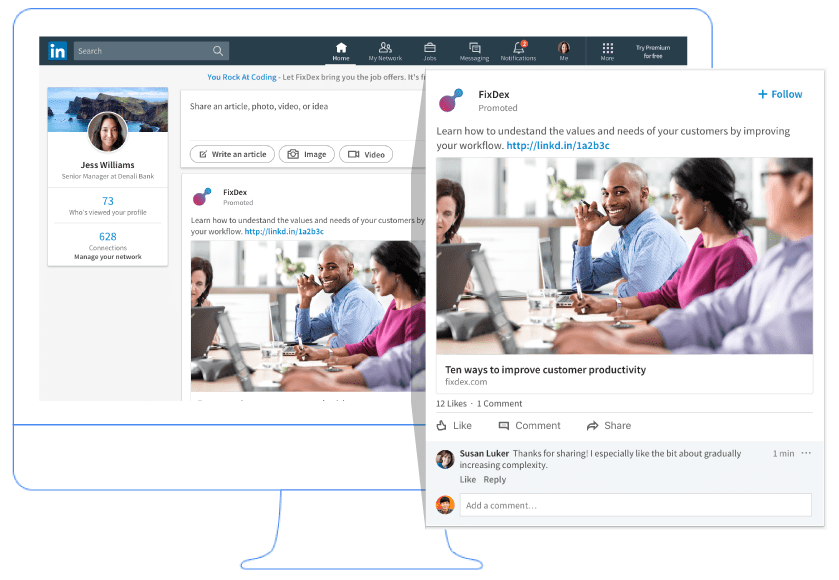
A Five-Minute Guide to LinkedIn Ads
April 29, 2020
How to Reclaim Your Google Analytics Account
May 27, 2020How Do I Make Google Like Me?


“SEO” is frequently thrown around in marketing strategy conversations — but often misused, or misunderstood. SEO, or Search Engine Optimization, is the effort of enhancing your website to improve rankings on search engines like Google or Bing, and thereby increasing your website traffic. Be aware, while there is a lot of information available regarding SEO best practices, many of these resources can become quickly out-dated, incorrect, or worse, intentionally misleading in their promises.
Certain tactics can give a website improved traffic results in the short-term by essentially tricking a search engine to send users to your site through the use of keyword stuffing, bulk backlink building, and article spinning, for example. These tactics often result in penalties from search engines in the long run — including very poor search result placement. As search engines get better at reading websites, they are also significantly better at weeding out websites that are attempting to trick the search engine algorithms. It’s important to remember the main goal of a search engine is to serve their customer — the users, not the websites. In other words, search engines want high quality, and accurate results so users can quickly find the information they are searching for.
So how do you make search engines like your website, and place you at the top of search results? Easy, be sure you pay close attention to your website content, and navigation!
CONTENT
Since the top priority for search engines is to provide users with high quality information, website content is one of the most important aspects of that information. This means to perform well in the search engine results page (SERP) a website needs to produce highly relevant and useful content. The best content is frequently shared and linked to by other websites creating highly valuable backlinks that can additionally improve your SERP. Users are looking for great content. Specifically, they want to find product/service details, specifications, and even (alt-tagged) images — quality content should always be a priority for SEO.
Quick note: Alt tags are those bubbles with image descriptions which pop up when you hover over an image; these enable search engines to index images, which helps SEO.
NAVIGATION
An often overlooked, and equally important practice for successful SEO, is making sure your website is easy for search engines to crawl through. If a search engine struggles to find your relevant website content, how is it going to show it to users? This makes it imperative that your navigation is streamlined so search engine robots can find your website and crawl all of it’s content. Tools like Google Search Console offer a great, free way to monitor your SERP and to submit sitemaps of your website to Google’s index. Additionally, conducting on-page SEO can help search engines crawl through your page by utilizing header tags, anchor text, internal links, redirecting page errors and optimizing images. All of these details work in your favor as search engine algorithms determine the value of your website content, and boost your search results ranking accordingly.

SUMMARY
Ultimately, for sustainable SEO, your website needs to be functioning properly and built with user experience in mind. Your website not only needs clear navigation and useful content for users, but it should also have a responsive design to ensure your website is mobile-friendly. Lastly, improving load times with optimized image sizes and condensing back-end development code (where possible) can increase your website’s load speed — which helps your SEO.
Sounds daunting? We can help! Contact us for a free Site Overview and SEO consultation.


